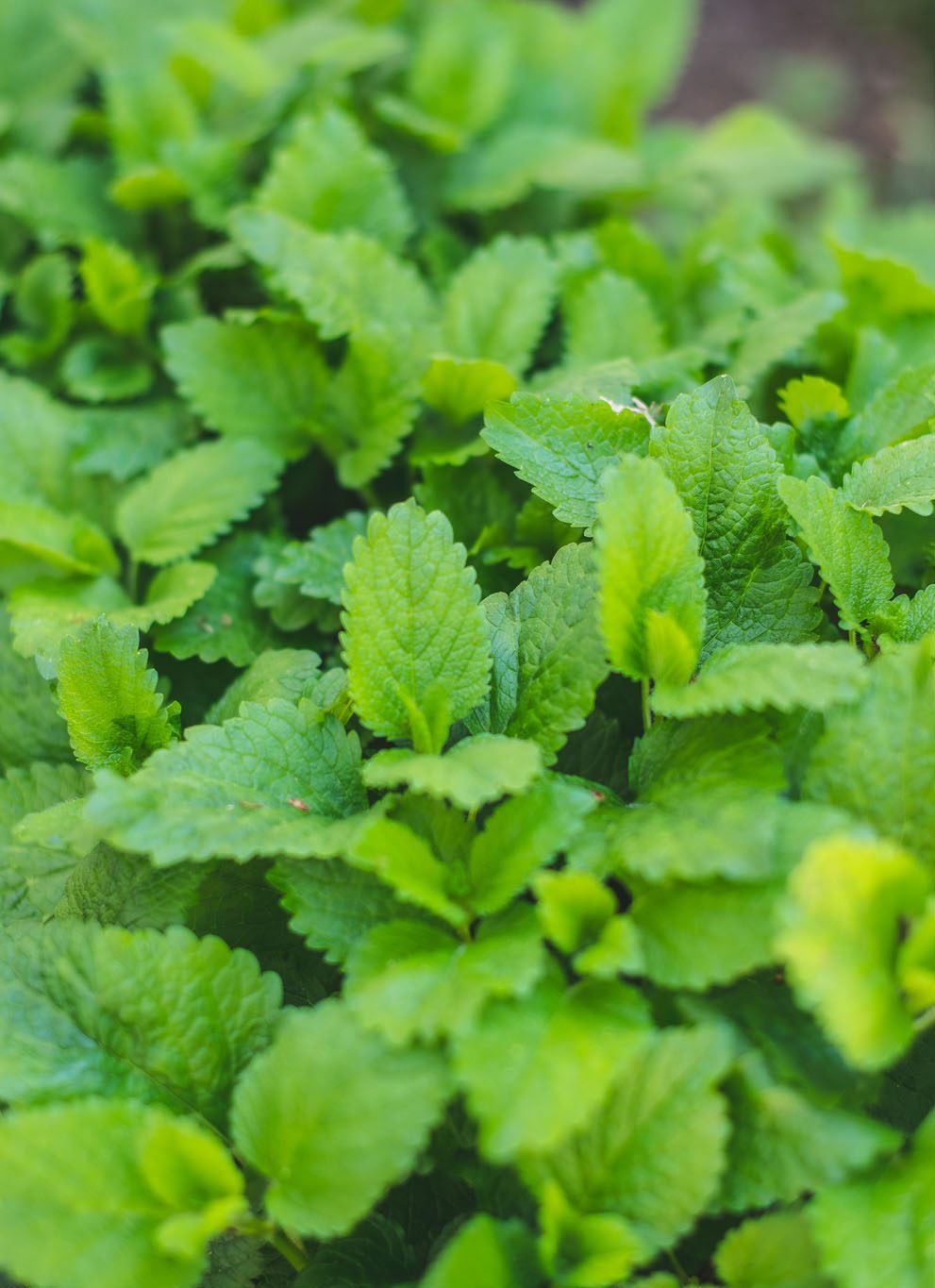
Hello, dear readers! Today, we're delving into a particularly rewarding aspect of home gardening: collecting and storing tomato seeds. By harvesting your own seeds, you ensure that you are growing true-to-type, preserving your favorite varieties, and saving a bit of money in the process. Let's take a journey together from a ripe, juicy tomato to a tiny seed ready to sprout the next season.
We'll be focusing on some of our favorite varieties: San Marzano, Heirloom, Black Plum, Cherry, Old German, Chocolate Stripes, Beefsteak, and Cherokee Purple. All of these varieties are unique in taste, color, and size, but they share a common process when it comes to seed collection.
Step 1: Choosing and Collecting Seeds
The first step in collecting tomato seeds is to select a ripe, disease-free fruit from the variety you wish to propagate. It's vital to choose tomatoes that exemplify the characteristics you want in next year's crop. For instance, if you want a tangy, full-flavored San Marzano or a juicy, sweet Cherry, choose the best specimen from your current crop.
Cut the tomato across the middle, not from the stem to the bottom, but sideways. This gives you a clear view of the seed cavities. Gently squeeze out the seeds or scoop them out with a spoon, making sure to include the surrounding gelatinous material, which contains important fermenting agents for the next step.
Step 2: Washing and Fermenting
Next, we move to washing, which also involves a fermentation process. Place the seeds and the gelatinous substance into a glass or plastic container. Add a bit of water, enough to make the mixture soupy but not overly diluted. Cover the container with a breathable material like cheesecloth and secure it with a rubber band.
Set this mixture aside in a warm place, but not in direct sunlight. Allow it to ferment for 2-5 days, stirring daily. The fermentation process helps to remove the gelatinous coating that contains germination inhibitors. You'll know it's ready when a layer of mold appears on the surface (this is a good sign!) and the seeds separate and sink to the bottom.
Step 3: Rinsing and Drying
After fermentation, it's time to rinse and dry the seeds. Pour off the mold and excess pulp, add water, swirl, and carefully pour again, keeping the viable seeds that sink at the bottom. Repeat this process until the water is clear and only the seeds remain.
Next, drain the seeds and spread them out on a non-stick surface such as a ceramic plate or a glass tray. Do not use paper towels as the seeds can stick to them. Make sure they are spread out thinly, with none overlapping. Place the tray in a well-ventilated location out of direct sunlight to dry.
Drying times can vary from a few days to a couple of weeks, depending on your local climate and humidity levels. You'll know they're completely dry when they can be easily separated and they break in half when bent.
Step 4: Storing the Seeds
Once dry, store your seeds in an airtight container like a glass jar or envelope. Label the containers with the variety and date. Store them in a cool, dark, and dry place until you're ready to plant them in the next season. Properly stored tomato seeds can remain viable for up to six years, although germination rates generally decrease over time.